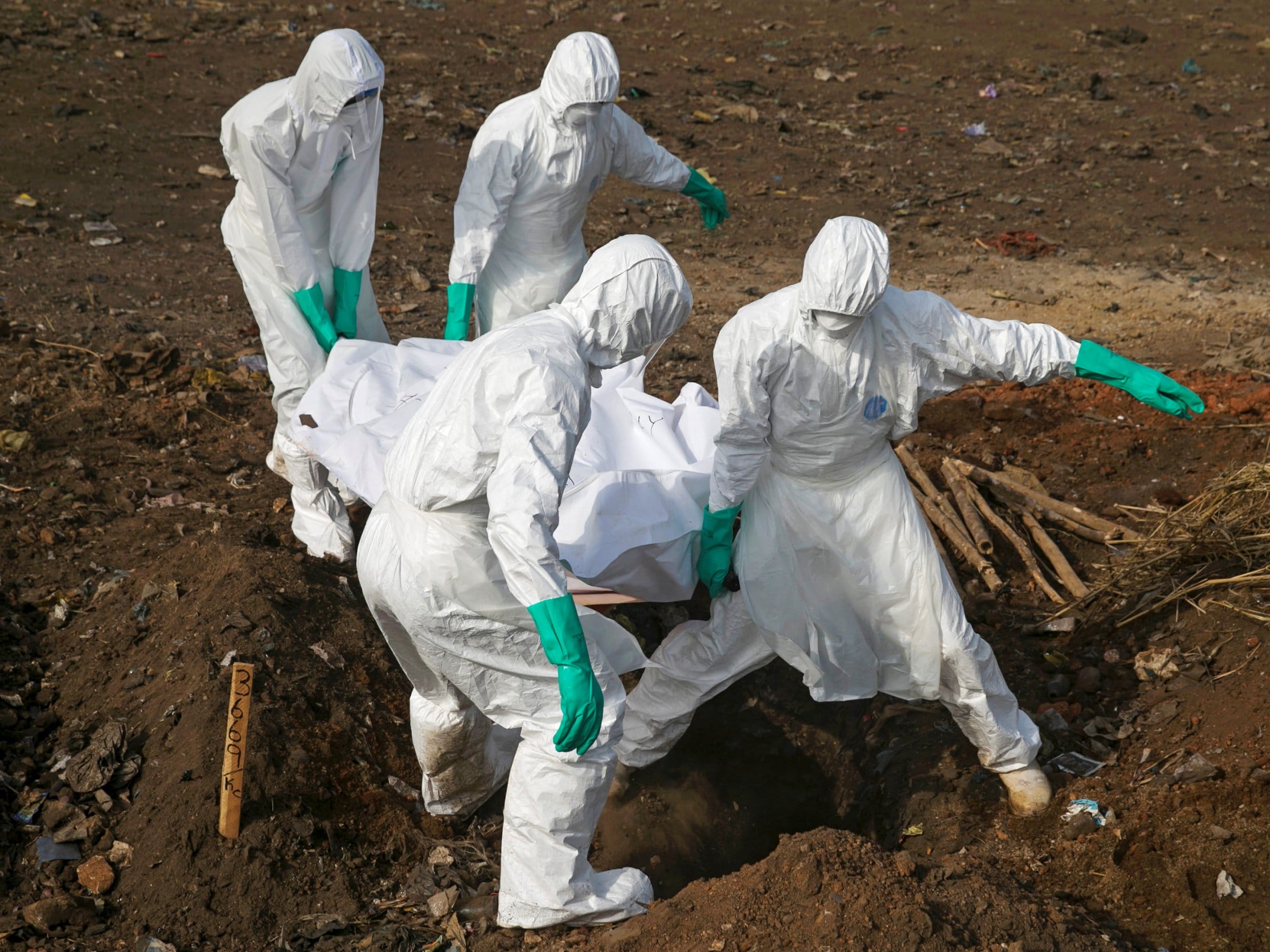In a significant development concerning public health, officials have reported the first death in the United States linked to the H5N1 strain of avian influenza, commonly referred to as bird flu. The patient, who resided in Louisiana, died after experiencing severe complications associated with the virus. This incident has prompted health authorities to reinforce their monitoring efforts and raise awareness about the potential risks associated with avian influenza.
The H5N1 strain of the bird flu has been a cause for concern since it was first identified in the late 1990s. While it primarily affects birds, particularly poultry, it has been known to infect humans in rare cases, typically following direct contact with infected birds or contaminated environments. The Centers for Disease Control and Prevention (CDC) has emphasized that the risk of bird flu to the general public remains low, but this recent death underscores the need for continued vigilance.
Health officials in Louisiana reported that the deceased individual had underlying health conditions, which contributed to the severity of the illness. The patient had been hospitalized prior to their death, and subsequent investigations revealed that they had likely contracted the virus through exposure to infected birds. This case serves as a reminder of the importance of biosecurity measures for poultry farmers and those who work with birds, as well as the need for public awareness regarding the signs and symptoms of avian influenza.
Following the confirmation of this fatality, state and federal health officials have initiated a comprehensive response to assess the situation. This includes increased surveillance of both domestic and wild bird populations, as well as outreach to poultry producers to reinforce biosecurity practices. The Louisiana Department of Health has advised individuals who work with poultry or have close contact with birds to remain vigilant and to seek medical attention if they experience flu-like symptoms.
The CDC has provided guidelines for the public regarding bird flu, emphasizing that while human infections are rare, they can occur. Symptoms of avian influenza in humans can range from mild respiratory illness to severe pneumonia, and in some cases, can lead to death. The agency has also highlighted the importance of proper cooking and handling of poultry products to minimize the risk of infection.
In light of this incident, public health officials are urging individuals to avoid contact with sick or dead birds and to report any unusual bird deaths to local authorities. The monitoring of avian populations will be crucial in preventing further outbreaks and ensuring that any potential human cases are identified and managed promptly.
The recent bird flu outbreak in various parts of the world has raised alarms among health experts, particularly due to the potential for the virus to mutate and gain the ability to spread more easily among humans. While the current strain has shown limited human-to-human transmission, the situation remains fluid, and health authorities are prepared to respond should the need arise.
In addition to the immediate response to this tragic event, researchers and health officials continue to study the H5N1 virus to better understand its behavior and potential threats. The scientific community is actively engaged in monitoring avian influenza strains, developing vaccines, and preparing for any future outbreaks that could pose a risk to public health.
As the situation unfolds, it is essential for the public to stay informed through credible sources. Health officials will continue to provide updates as more information becomes available regarding the investigation and any necessary public health recommendations.
In conclusion, the first reported death from bird flu in the United States serves as a critical reminder of the ongoing challenges posed by zoonotic diseases. While the general risk to the public remains low, this incident highlights the importance of surveillance, biosecurity, and public awareness in combating potential outbreaks. Health authorities are committed to ensuring the safety of the public while continuing to monitor the evolving situation closely.



